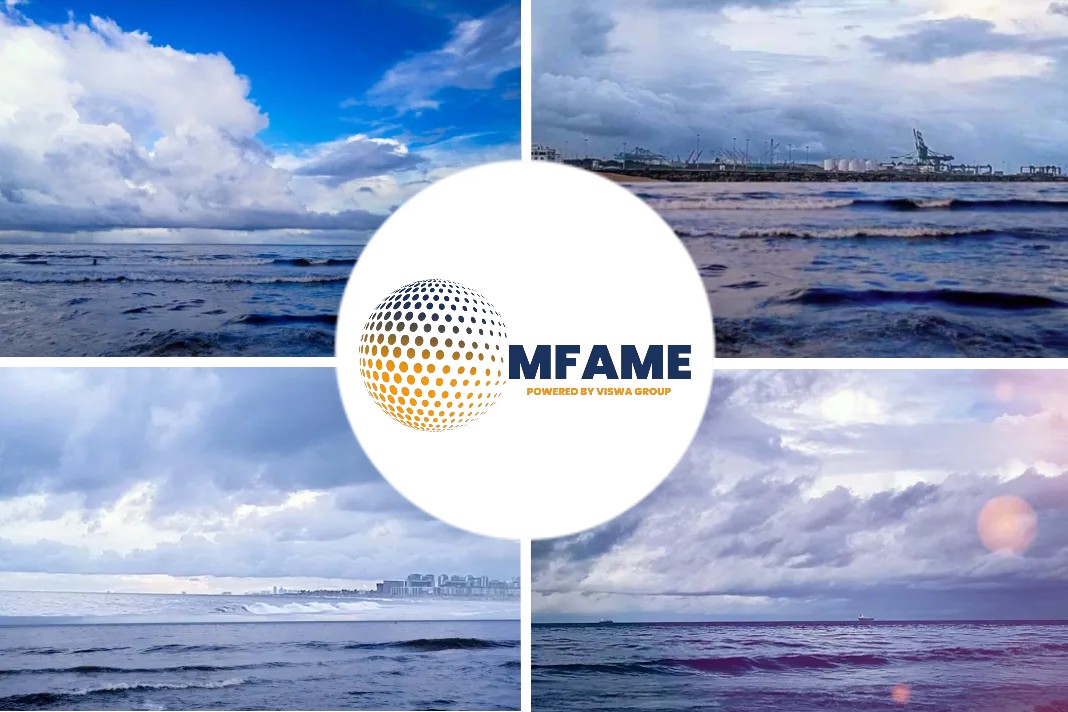- IMO’s MSC expected to approve proposals to include methanol as marine fuel.
- MSC 102 committee meetings to be held remotely from 4-11 November.
- Adoption of ethyl and methyl alcohols, fuel cells and low-flashpoint diesel in the IGF Code.
IMO is set to pass a key milestone in developing and regulating methanol as an alternative marine fuel, says an article published in Riviera Maritime Media.
Methanol proposal approval
IMO’s delayed Maritime Safety Committee (MSC) is expected to approve proposals to include methanol and related chemicals in relevant regulations for use as ship fuels.
Methanol Institute chief executive Chris Chatterton expects methanol will be incorporated into the International Code of Safety for Ships using Gases or other Low-flashpoint Fuels (IGF Code) in less than 10 days time.
MSC 102 committee meetings
MSC 102 committee meetings will be held remotely to keep delegates socially distanced from 4-11 November.
“We have been working 10 years to get to this,” said Mr Chatterton.
MSC 102’s decisions will cover inclusion and adoption of ethyl and methyl alcohols, fuel cells and low-flashpoint diesel in the IGF Code.
Methanol production and blending
Mr Chatterton is convinced ship operators can already use methanol as a fuel for various vessel types as the supply, bunkering infrastructure and class rules are in place.
He said, “There is 150M tonnes of installed capacity for producing methanol and blending is already happening.”
LR’s bunkering technical reference
Methanol is available in more than 100 ports worldwide and Lloyd’s Register has created a methanol bunkering technical reference, “which was a key missing piece of technology knowledge” said Mr Chatterton.
Investment
With these pieces in place, shipping is in a better position to invest in methanol-powered vessels and ports can offer refuelling services.
Bunkering for alternatives
Bunkering services for another alternative fuel, LNG, are increasingly available in major ports enabling more shipowners to build vessels powered by natural gas.
There are more than 50 LNG bunkering vessels and barges planned or in service worldwide, said Sea\LNG chairman Peter Keller.
“Most major bunkering ports have, or will have, bunker capabilities,” he said. “LNG is the pathway to the future of low carbon.”
Adoption of LNG
Mr Keller said shipping needs to adopt LNG as a fuel now instead of waiting for commercial development of alternatives such as methanol, ammonia or hydrogen. Bio-LNG and synthetic LNG could also be future options.
“We need to do something now – and that is embracing LNG fuel,” said Mr Keller. “It is important to act now and not to wait.”
Studies indicate health benefits
Studies completed in 2019 indicate there are significant environmental and health benefits from using LNG as this almost eliminates NOx, SOx and particulate matter emissions. Mr Keller said there is a 20-28% reduction in CO2 emissions by using LNG.
GHG reductions
Sea\LNG is updating its information on the emissions benefits from LNG with 2020 data to confirm the reductions in greenhouse gases from using this fuel.
Ammonia as an alternative
Also part of this session were presentations and discussion concerning ammonia’s potential as an alternative marine fuel.
Did you subscribe to our daily newsletter?
It’s Free! Click here to Subscribe!
Source: Riviera Maritime Media


























